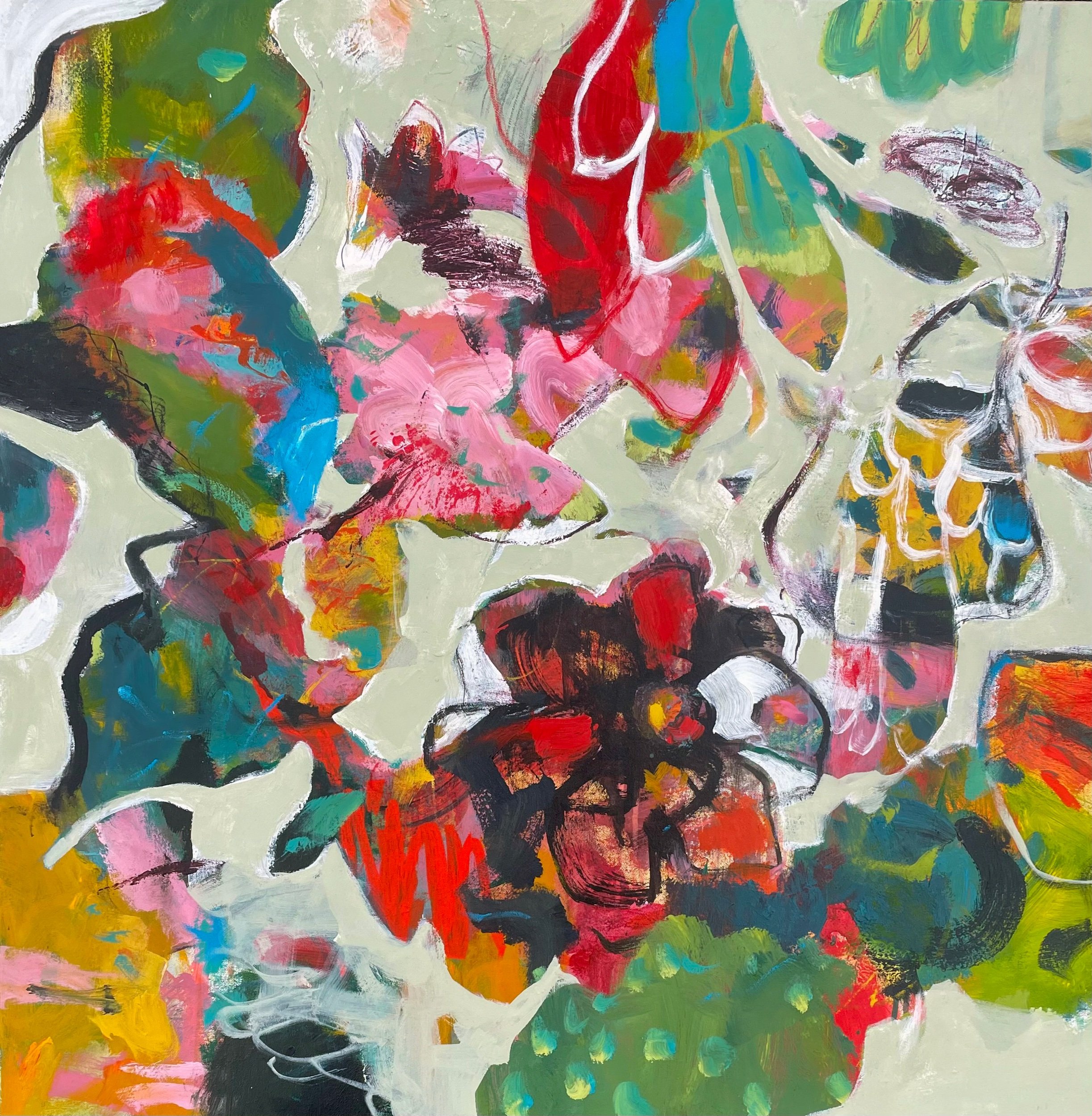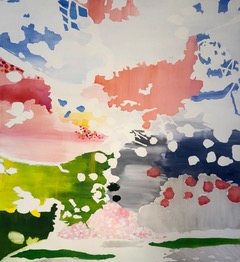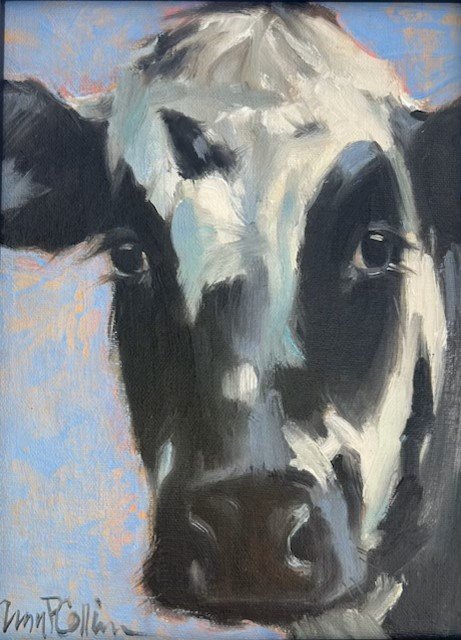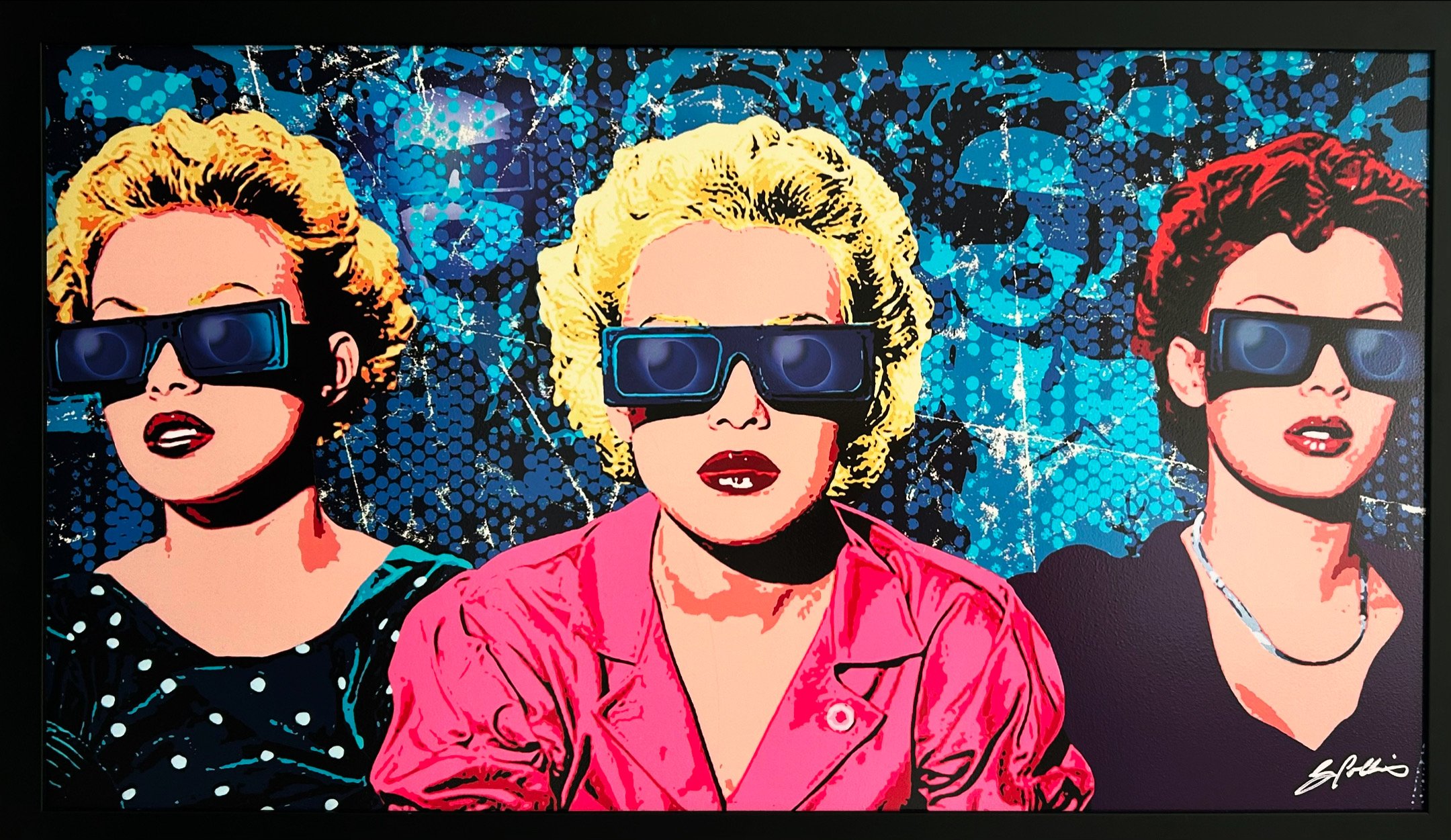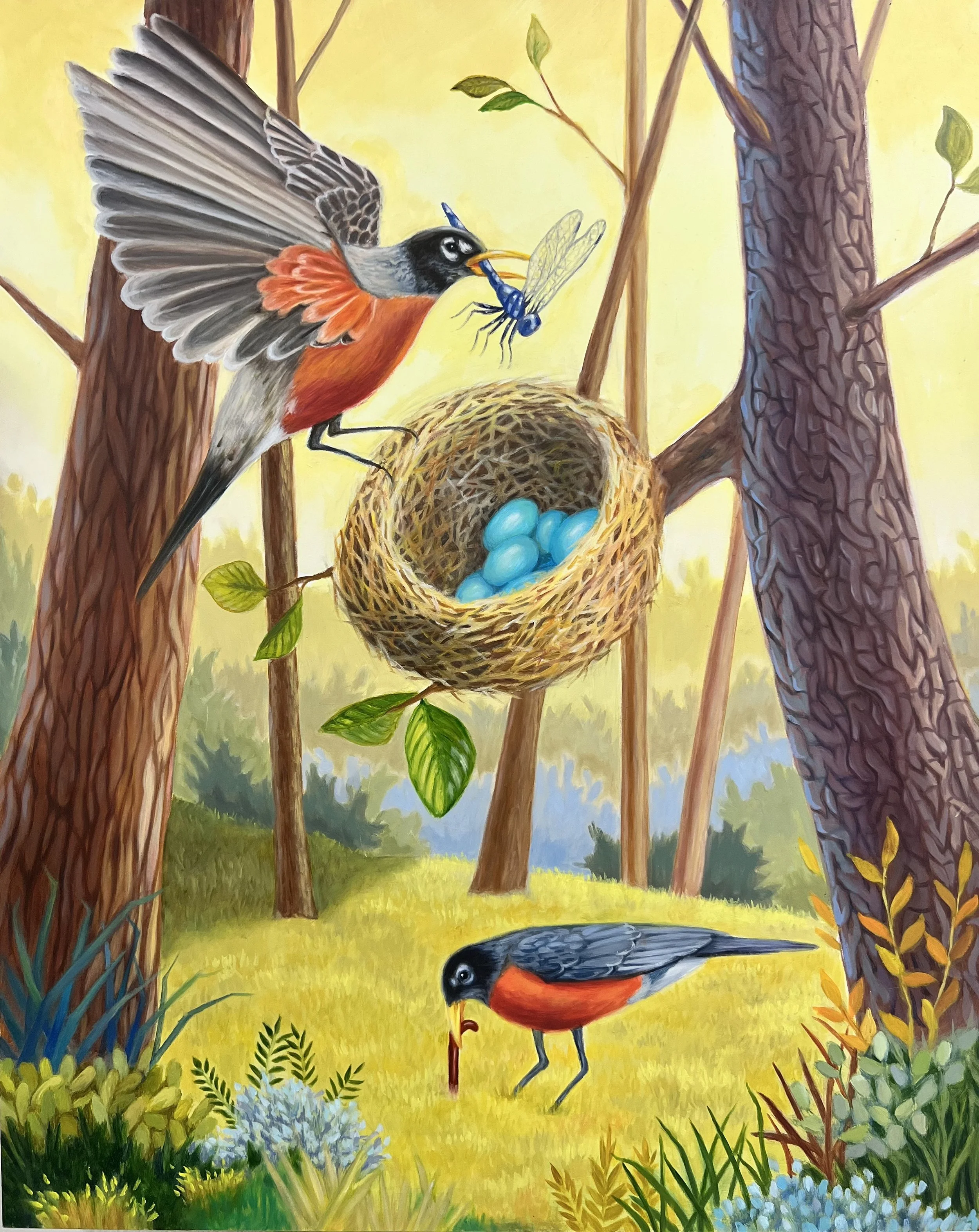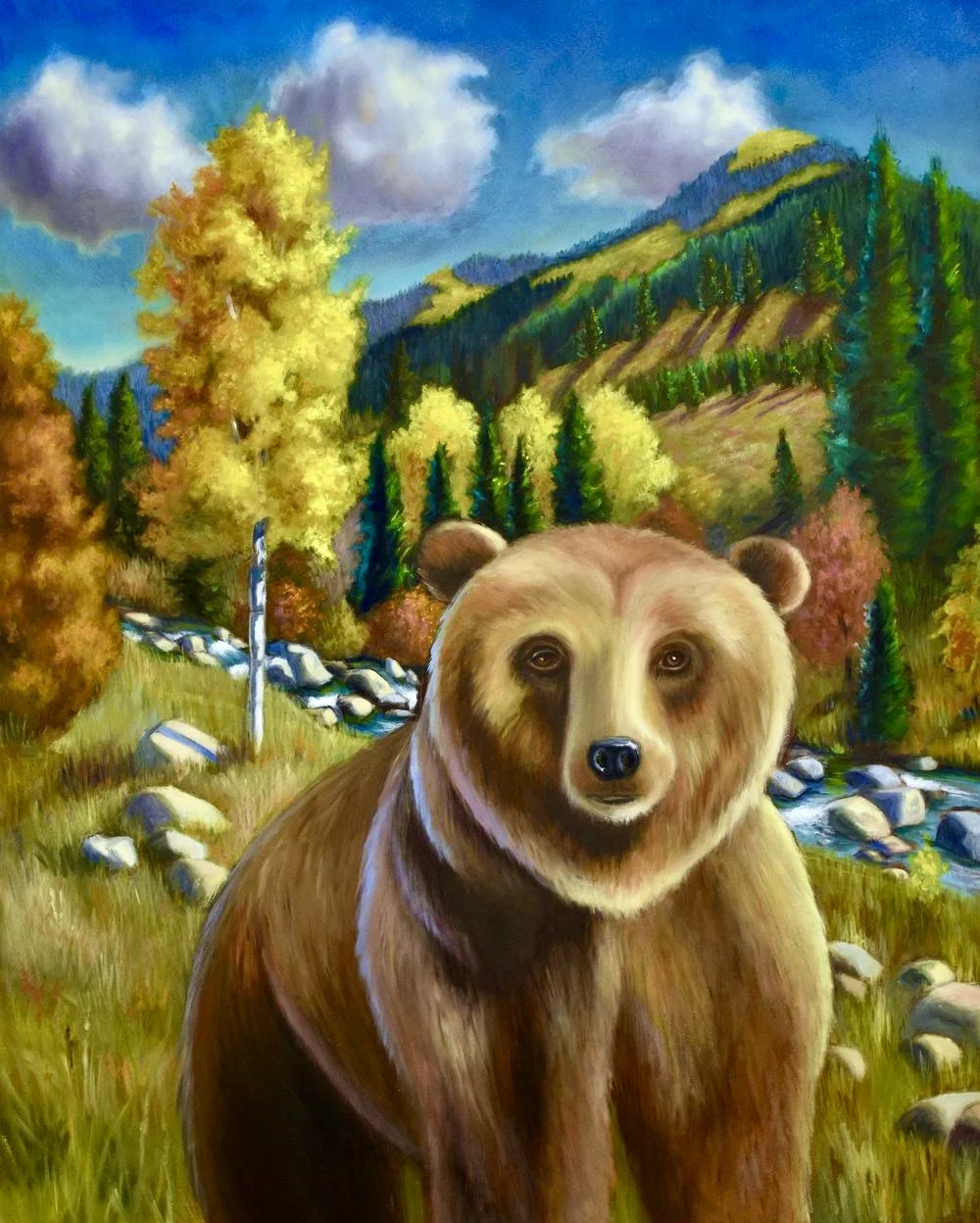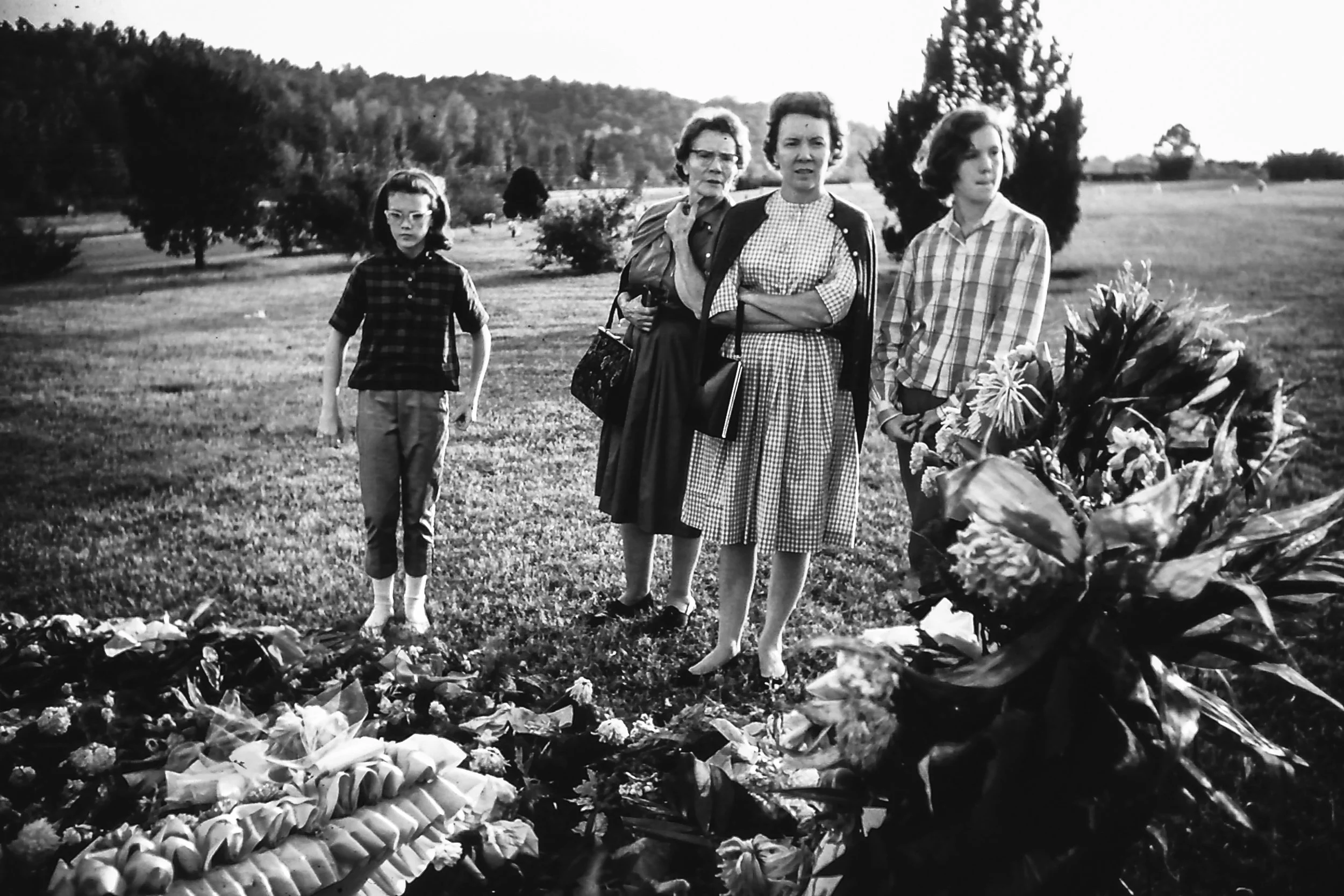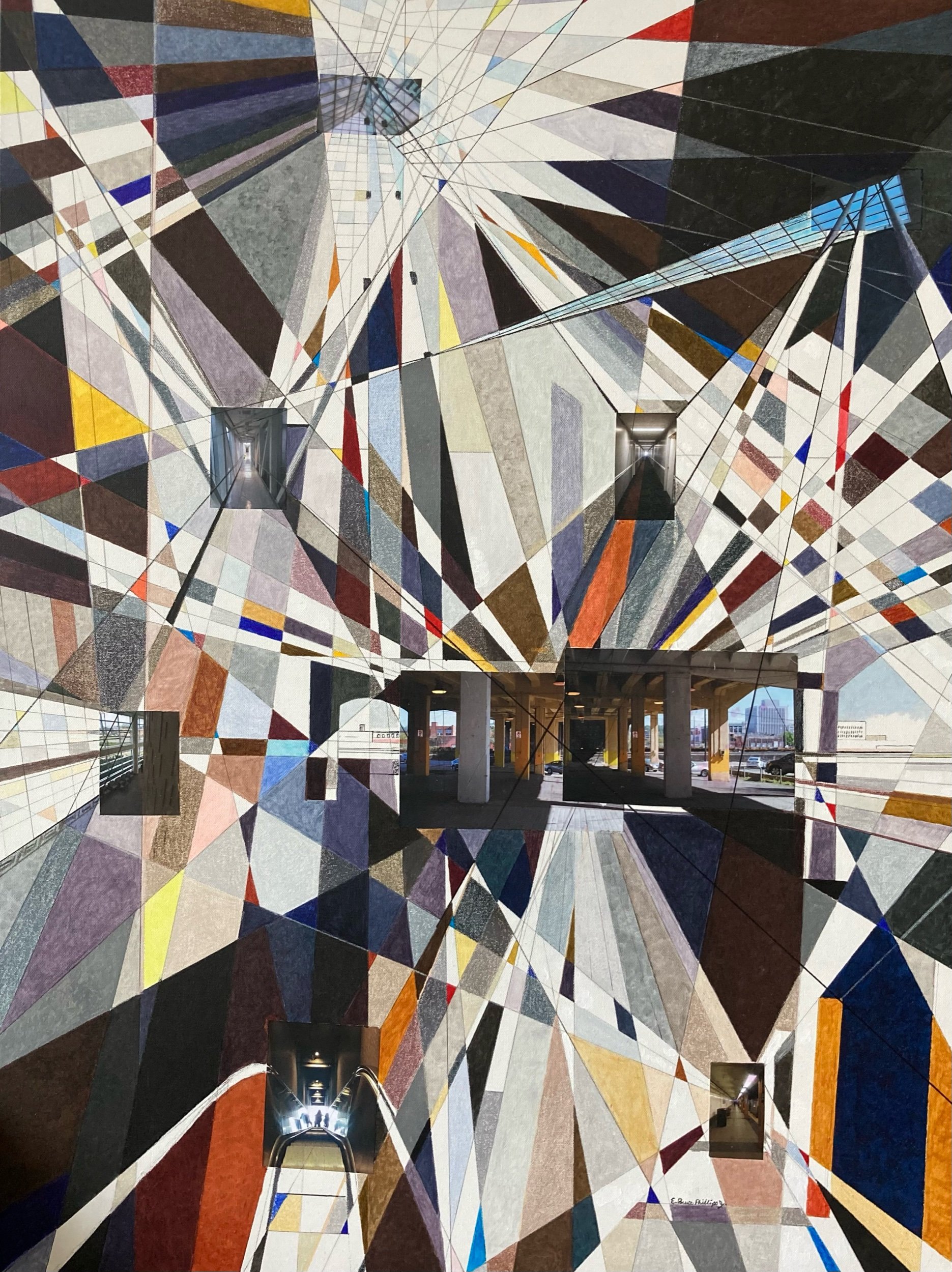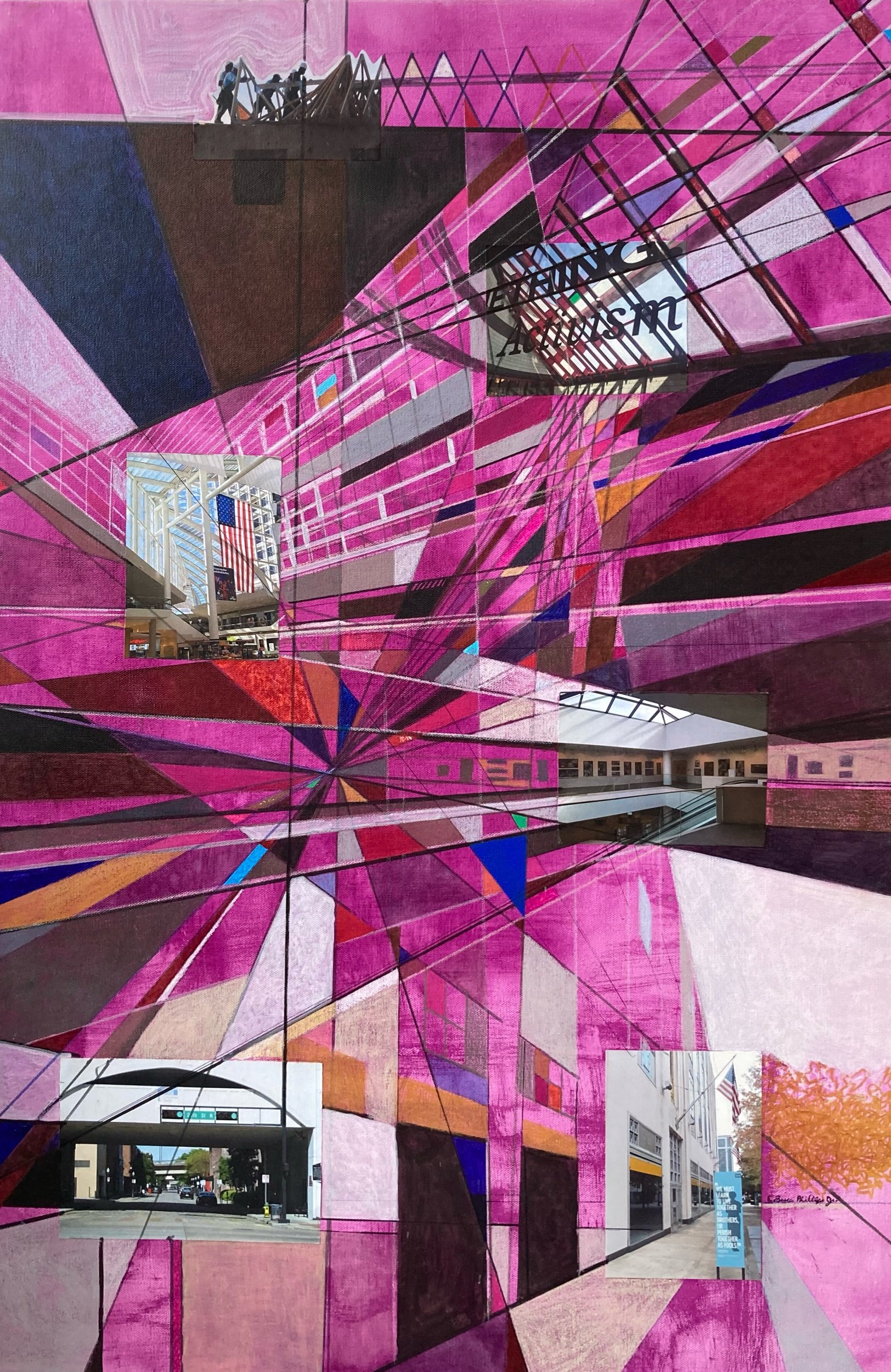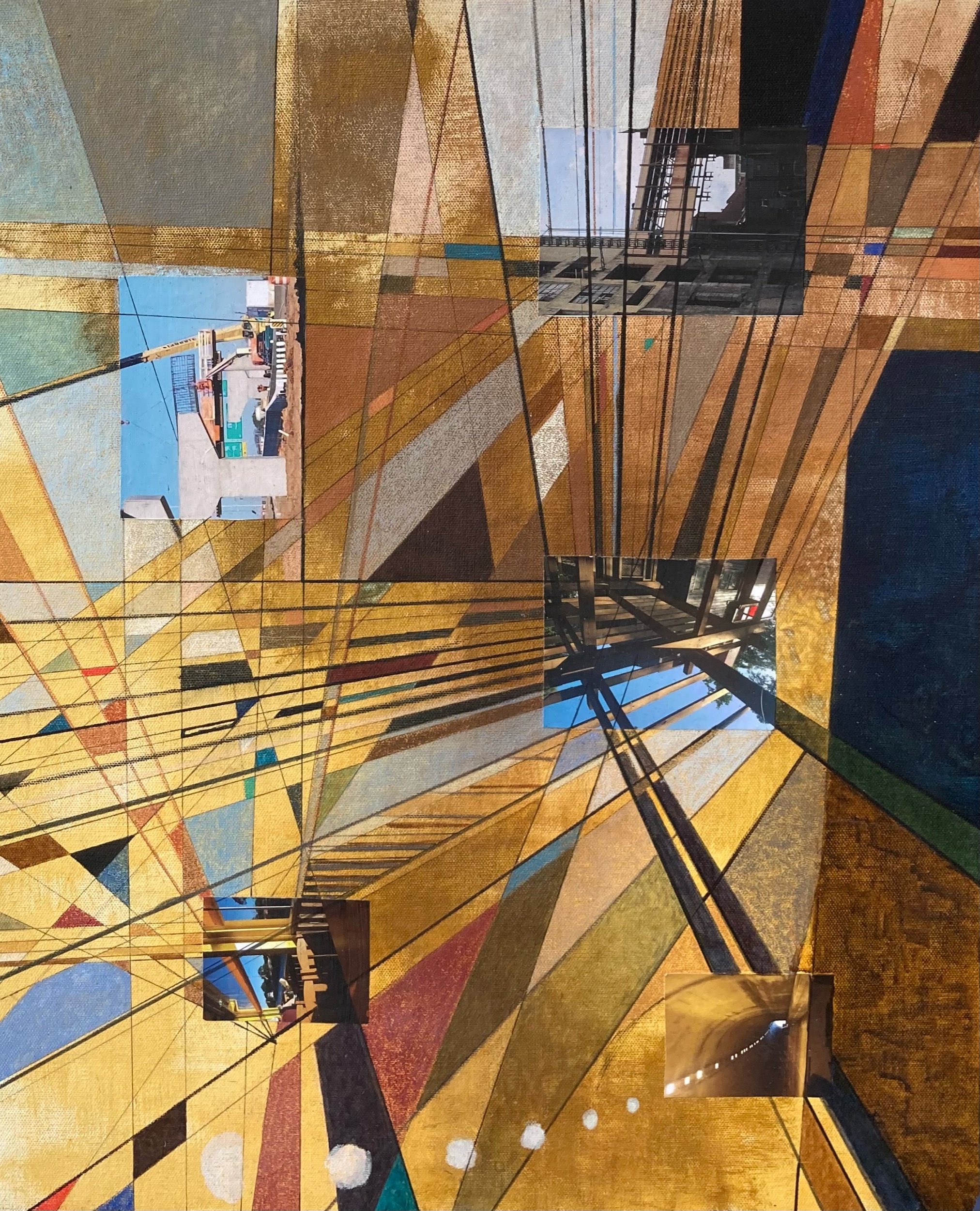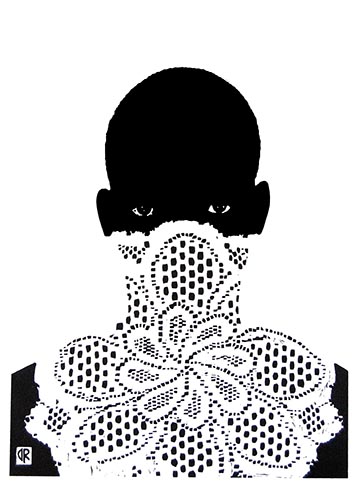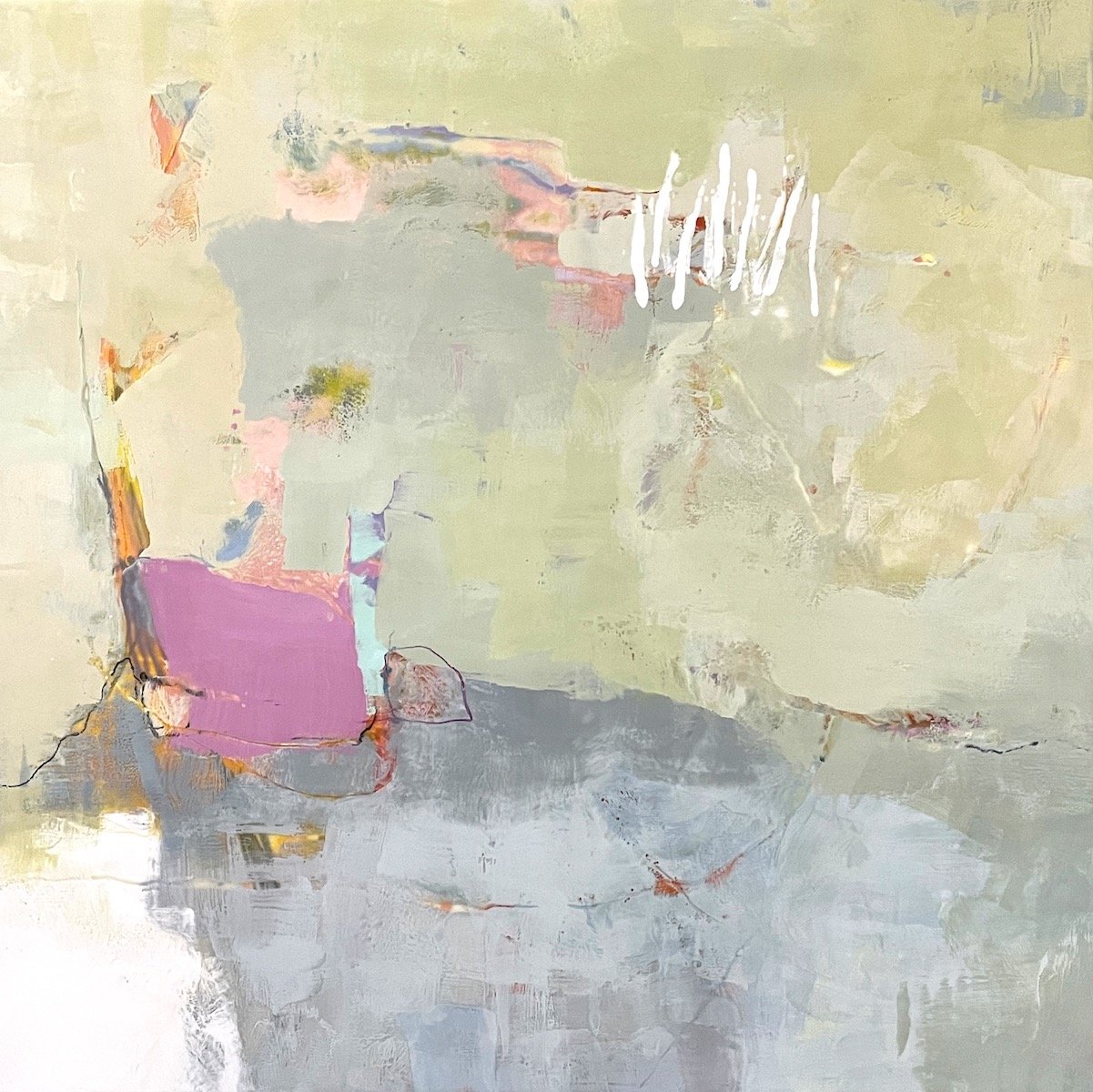Two Worlds
One Journey
OBJECTIVE: SELF DISCOVERY AND FINDING OURSELVES IN ONE ANOTHER AS WE EXPLORE DIFFERENT ERAS AND CULTURES, ALL ON THE SAME JOURNEY WE CALL LIFE.
The circle of life can easily be found in the birth of a newborn baby to the end of life’s cycle. The continuum of life is found from one generation to the next. The ongoing desire for freedom, justice, equality and a quality life has been common throughout generations. History often repeats itself. Life is different, yet the same for all mankind regardless of the era or culture in which we live. We experience love, anger, fear, sadness, laughter, and loss. We desire connections and a sense of belonging with others.
We are all more the same than not, but sometimes seeing ourselves in another being, in another world is not always easy to do. Most will only notice the differences of opinion or lifestyle of a stranger, rather than focus on what makes us human.
The rediscovery of my grandfather’s photographs from over 60 years ago reminds me all too well how different yet same the world still is. I unknowingly came to follow in his footsteps after his life’s journey ended and my journey began. Our two worlds collided through our love of photographing the everyday life; remembering today when tomorrow won’t remember the life that once was, yet strangely, is still the same.
Two worlds: my world and his world. Your world and the other’s world. We are all on one journey and it’s called life.
Leigh Ann Edmonds is a documentary photographer from Alabama. Her work predominantly explores the land, culture and people of the American South and is often described as timeless, gritty and soulful. She shoots and develops the bulk of her personal work on black and white film. Edmonds feels this helps create a nostalgic and reminiscent approach of today’s contemporary world.
Leigh Ann graduated from the University of Alabama in 2004 and received a BA in studio art with a concentration in photography. While at the U.A., she studied under renown photographer, Gay Burke and the esteemed painter, Alvin Sella. She credits her background in the arts for the unique and wide variety on how she views everyday life.
'My work is a journal of my life, the people I meet and the places I explore. It's about the preservation of an era and I believe in creating work in a timeless and enduring manner that will continue to stay relevant with the passing of each generation.'
Awards
Leigh Ann's work has been awarded within the photography industry, including the Jurors Choice award at Praxis Gallery, Jurors Choice Award at the Gadsden Museum of Art, the Black and White Magazine portfolio winner, Staff Choice Award at the SCAC, a finalist in the Documentary Family Awards, the River Regions Award at the Montgomery Museum of Art and most recently, awarded the Gay Burke Memorial Fund made possible through the Alabama Council on the Arts.

























































